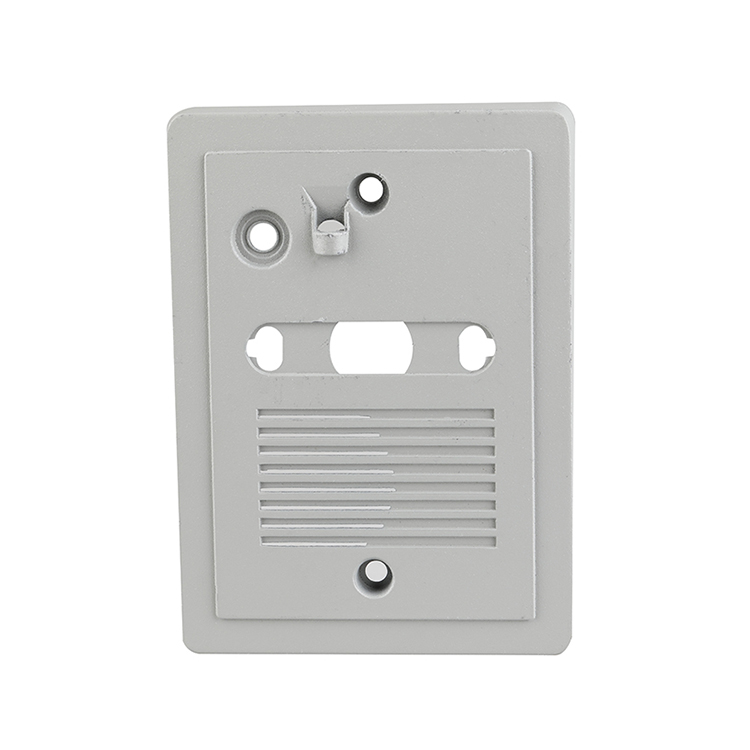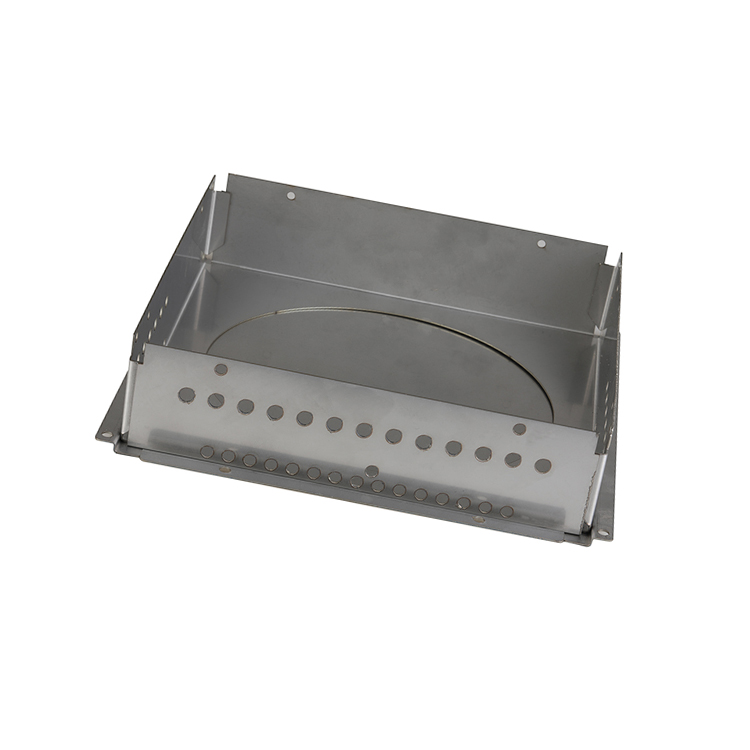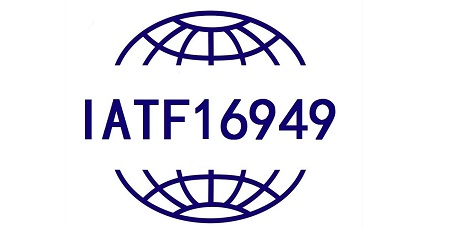Custom Online Laser Cutting Services in China Supplier
Discover China’s leading provider of custom online laser cutting services, specializing in precision cuts and rapid turnaround times.

Pros and Cons of Industrial Laser Cutting Services
| Advantages | Disadvantages |
|---|---|
| High Precision and Accuracy | High Initial Investment |
| Clean and Smooth Edges | Limited Material Thickness |
| No Tool Wear | High Energy Consumption |
| Highly Automated | Safety Concerns |
| Material Versatility | Heat Affected Zone (HAZ) |
| Non-contact Process | Limited to Flat Material |
| Design Flexibility | Difficulty in Cutting Reflective Materials |
Metal Laser Cutting Parts and Applications
Metal laser cutting is a precise and versatile technique used in the manufacturing of parts and products across various industries. This process involves using a high-powered laser beam to cut metal materials into specific shapes and dimensions.
Types Of Laser Cutters Available From Machining Quote
There are several types of laser cutting services, each suited for different materials, thicknesses, and applications. Here’s a breakdown of the main types of metal laser cutting technologies:
Materials of Sheet Metal Laser Cutting
Aluminum
Aluminum is a lightweight, corrosion-resistant metal ideal for applications requiring a high strength-to-weight ratio and good thermal conductivity. It’s easy to machine and extensively used in aerospace, automotive, and consumer electronics. Common types of aluminum alloys like 6061 and 7075 offer enhanced mechanical properties, such as improved toughness and hardness.
- Price: $$
- Lead Time: 10 days
- Wall Thickness: 0.75 mm
- Tolerances:+/-0.125mm (±0.005″)
- Max part size: 200 x 80 x 100 cm

Copper
Copper is highly conductive to both heat and electricity, making it popular in electrical applications, heat exchangers, and automotive parts. It is relatively easy to machine and provides a unique combination of ductility, strength, and thermal conductivity. Its natural resistance to corrosion and aesthetic appeal also make it a choice material for decorative applications.
- Price: $$$
- Lead Time: =10 days
- Wall Thickness: 0.75 mm
- Tolerances: plusmn;0.125mm (±0.005″)
- Max part size: 200 x 80 x 100 cm

Brass
Brass is an alloy of copper and zinc, known for its machinability and corrosion resistance. It’s often used for decorative items, plumbing fixtures, electrical components, and musical instruments. Brass provides a balance between strength and ductility and can be easily machined into complex shapes.
- Price: $$$
- Lead Time: < 10 days
- Wall Thickness: 0.75 mm
- Tolerances: ±0.125mm (±0.005″)
- Max part size: 200 x 80 x 100 cm

Stainless Steel
Stainless Steel is renowned for its corrosion resistance and strength. It’s widely used in food processing equipment, medical devices, and general metal fabrication. Stainless steel alloys, like 304 and 316, offer a good balance of corrosion resistance, machinability, and cost-effectiveness. It’s a versatile material suitable for a wide range of applications.
- ?Price: $$
- ?Lead Time: < 10 days
- ?Wall Thickness: 0.75 mm
- ?Tolerances: ±0.125mm (±0.005″)
- ?Max part size:200 x 80 x 100 cm

Titanium
Titanium is known for its exceptional strength, lightweight, and high corrosion resistance. It’s often used in aerospace, medical implants, and high-performance automotive applications. Titanium is challenging to machine but offers superior mechanical properties and a very high strength-to-weight ratio, making it ideal for advanced engineering applications.
- ?Price: $$$$$
- ?Lead Time: < 10 days
- ?Wall Thickness: 0.75 mm
- ?Tolerances: ±0.125mm (±0.005″)
- ?Max part size: 200 x 80 x 100 cm

Technical Capabilities and Specifications
Machining Quote creates this table that lists the important details of sheet metal laser cutting machines, making it easy for anyone to understand what these machines can do for industrial use.
| Category | Details |
|---|---|
| Material Versatility | - Materials: Mild steel, stainless steel, aluminum, brass, copper |
| - Thickness: Up to 25 mm for mild steel, 30 mm for stainless steel and aluminum | |
| Cutting Dimensions | - Work Area: Ranges from 1.5 x 3 meters to 2 x 6 meters, with larger custom sizes available |
| Precision and Tolerance | - Accuracy: ±0.1 mm |
| - Edge Quality: Clean cuts with minimal burr | |
| Cutting Speed | - Speed: Up to 12 meters per minute for 1 mm stainless steel or 2 mm aluminum; decreases with increased material thickness |
| Automation and Integration | - CNC Integration: Controlled by CNC systems |
| - Software Compatibility: Works with various CAD software | |
| Laser Output | - Power Range: Typically 1 kW to 6 kW, up to 12 kW or more for industrial use |
| Operational Efficiency | - Electrical Requirements: Depends on machine size and power |
| - Cooling Systems: Typically water-cooled to manage heat from cutting | |
| Safety and Environmental Considerations | - Safety Features: Laser radiation enclosures, fume extractors, safety interlocks |
| - Environmental Impact: Focus on minimizing waste and energy use, recycling of scrap metal |
Post Processing Services for Sheet Metal Stamping Parts
Post-processing services are crucial steps taken after the initial laser cutting of sheet metal parts to enhance their functionality, appearance, and performance.


